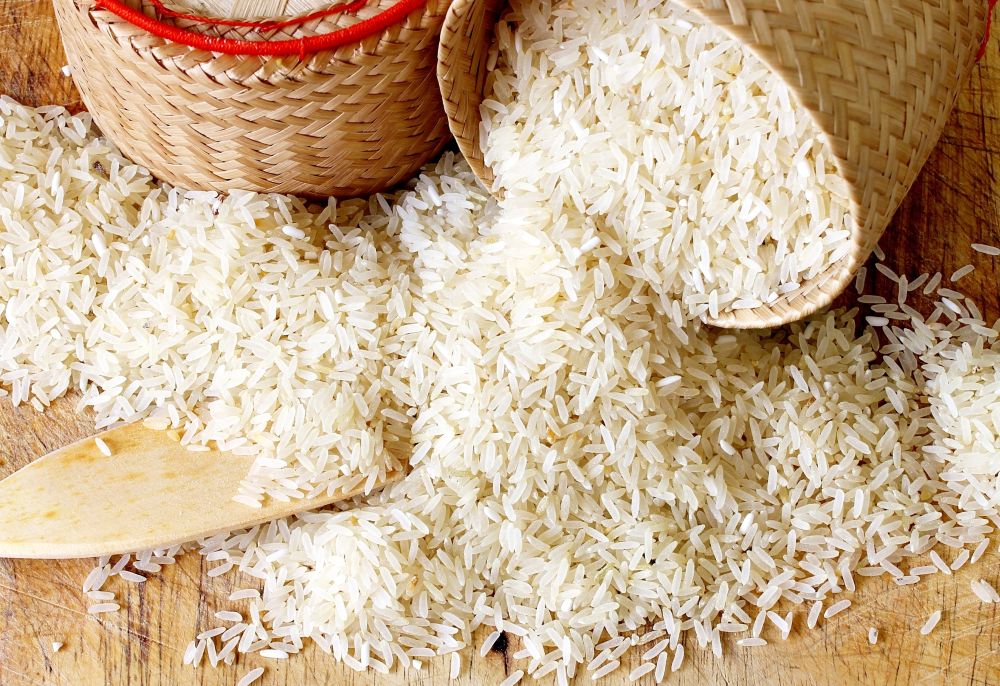The Basmati rice war between India and Pakistan

Wisps of steam billow from huge dryers stretching vertically into the sky. Inside the factories of Chaman Lal Setia Exports, one of India’s largest Basmati exporters, clouds of rice dust envelop the air along to the incessant sounds of machinery. This rice mill in Karnal, 150 kilometers North of New Delhi, processes and packages 500 to 800 tonnes of Basmati rice every day.
There, the plant harvested from the surrounding fields undergoes a whole series of transformations and polishing to achieve perfection. After a final mechanical sorting phase, all that’s left are the elegant, naturally fragrant, long grains of white or cream-colored rice characteristic of Basmati. Loaded lorries then take the noble grain to Indian ports, from where it is shipped to over 80 countries: Malaysia, the US, Israel and Europe.
For centuries, Basmati was grown on the Indo-Gangetic plain of the Indian subcontinent, now divided between India and Pakistan. The enemy neighbours are the world’s only two exporters of the grain. “Over the years, many Basmati varieties have been created to improve rice quality and achieve the result we have today,” said Vijay Setia, Director of Chaman Lal Setia Exports. India alone has 34 Basmati varieties, compared to 24 in Pakistan.
In 2018, as exports of Indian Basmati to the European Union (EU) fell drastically in favor of Pakistan, New Delhi launched a highly symbolic sales offensive against Islamabad. India is applying for a Protected Geographical Indication (PGI) with the European Commission to obtain exclusive use of the term “Basmati” in the EU.
This label “highlights the link between the geographical region concerned and the name of the product, when a particular quality, reputation or other characteristics are essentially due to the geographical origin.” Champagne enjoys the status, which not only allows producers from the French region to use the name but also to sell their products at a higher price. When the label was granted to Darjeeling tea in 2011, prices soared.
Read also
Wheat in Southern Brazil Impacted by Dry Weather and Frosts
Oilseed Industry. Leaders and Strategies in the Times of a Great Change
Black Sea & Danube Region: Oilseed and Vegoil Markets Within Ongoing Transfor...
Serbia. The drought will cause extremely high losses for farmers this year
2023/24 Safrinha Corn in Brazil 91% Harvested
Write to us
Our manager will contact you soon



